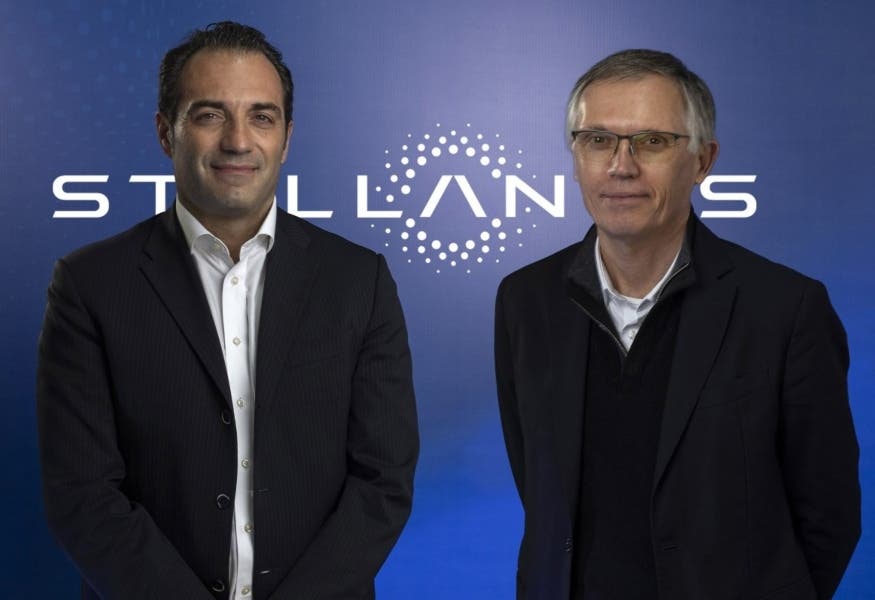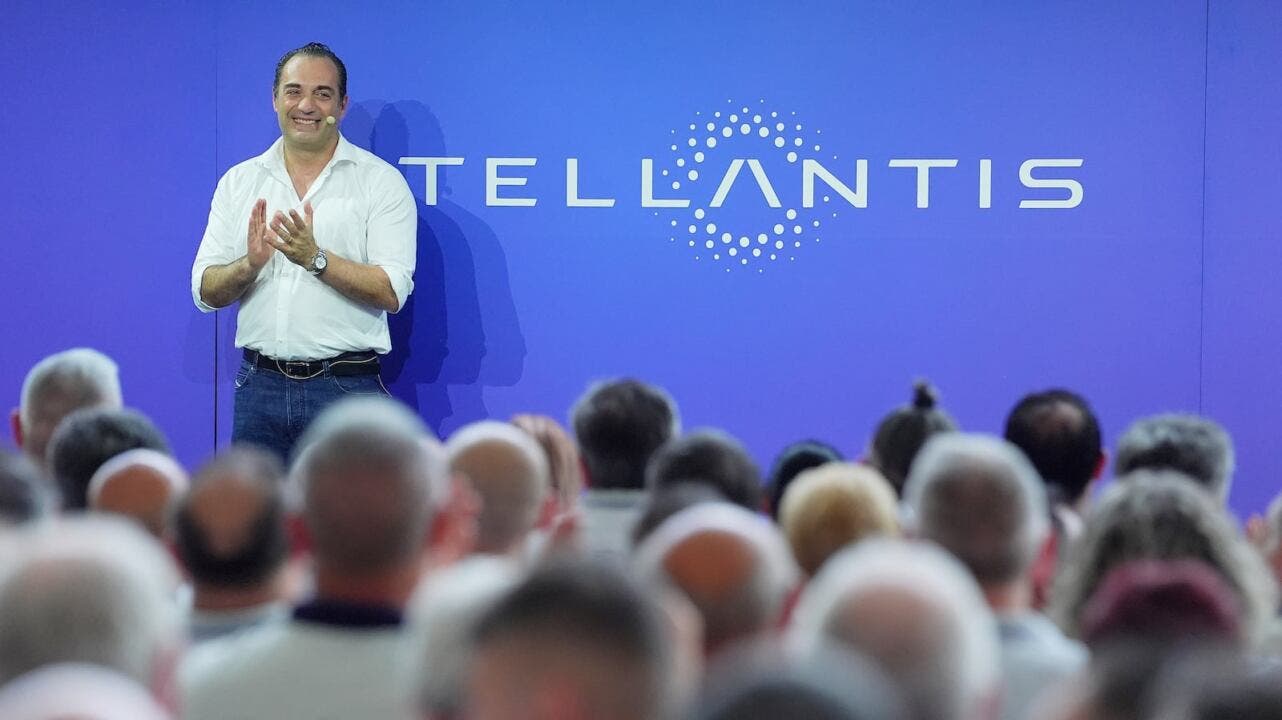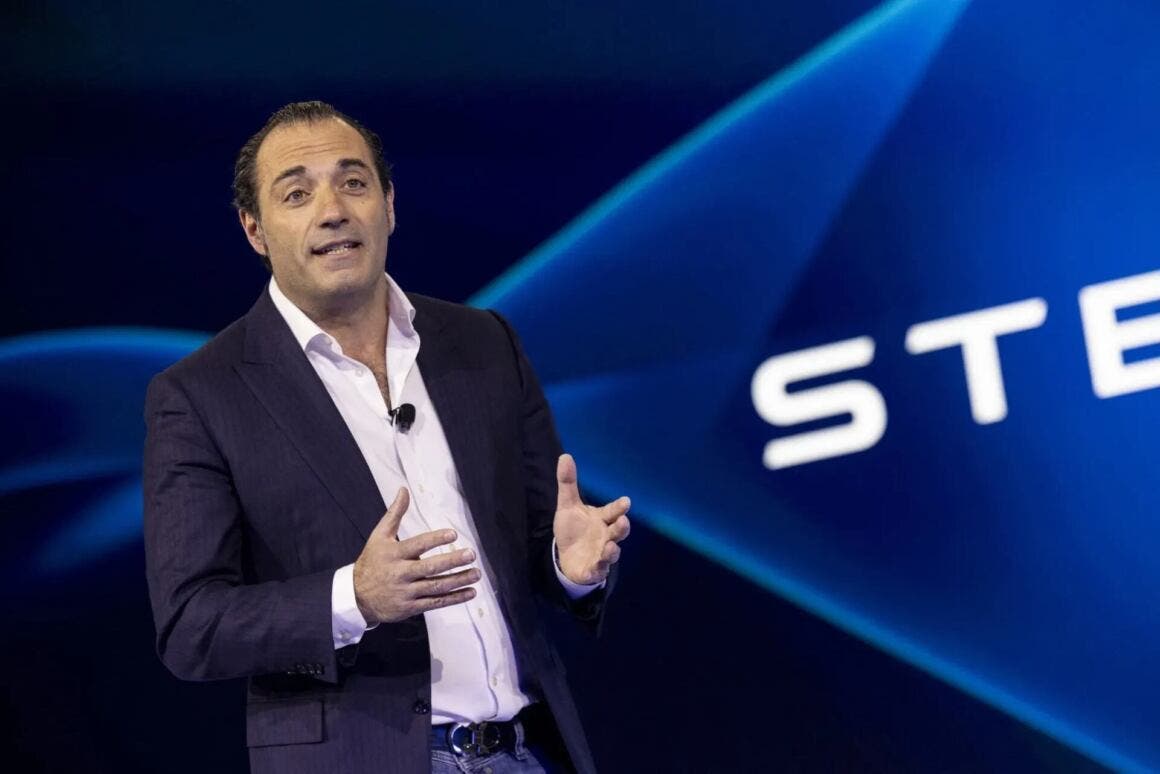Carlos Tavares left a profound mark on Stellantis‘ history, becoming a figure as influential as he was divisive. Under his leadership, many decisions proved questionable, often heightening tensions within the group, particularly to the detriment of Italian brands. While he played a crucial role in creating the automotive giant, his choices favored the Franco-German axis, protecting brands like DS Automobiles that others might have left behind.
Stellantis: what will happen with the transition from Tavares to Filosa and which brands are seriously at risk

His successor, Antonio Filosa, doesn’t share all of his predecessor’s vision and is attempting to correct past mistakes, such as problems with PureTech engines and AdBlue tanks. However, Filosa must still operate under heavy constraints: he cannot sacrifice DS, much less Maserati or Alfa Romeo, whether he wants to or faces pressure to do so.
Antonio Filosa doesn’t possess the same strategic acumen as Carlos Tavares. Coming from Carlos Ghosn’s school of thought, Tavares had honed his experience leading Renault out of a deep crisis, an experience that later brought him to the helm of PSA, transforming it into a solid and competitive group. This background made him the ideal figure to lead Stellantis, with the blessing of John Elkann, heir to the Agnelli family.
Under Tavares, however, only Alfa Romeo managed to slightly improve its situation compared to the FCA era, while Maserati and Lancia continue to struggle. Fiat is still undergoing restructuring, though recent developments offer hope. If until now there’s been special consideration for former PSA brands, with Filosa at the top, the focus will shift to Italian and American brands, previously neglected, marking a change in direction for the group’s strategic vision.

Antonio Filosa has never hidden his skepticism toward electric vehicles pushed at all costs, and under his leadership Stellantis is preparing to correct choices deemed too reckless. The Tavares era strongly pushed electrification, but developing mass-market battery-only models involved enormous costs and uncertain returns. A prime example is the new-generation Alfa Romeo Stelvio, initially planned only as an electric version: the decision to introduce gasoline variants as well has delayed the debut by several years.
Despite this, Stellantis doesn’t intend to abandon Italian brands, still considered strategic. However, the risk of internal fractures exists: French brands and Opel are currently more solid and profitable, while Italian ones still struggle to achieve expected results. The group’s balance could soon change. The hope is that Filosa will ultimately succeed where his predecessor failed, in reviving both Italian and American brands within the group. Obviously, while it’s currently stated that no brand is at risk, we cannot rule out that those struggling most could be sacrificed in the future.
